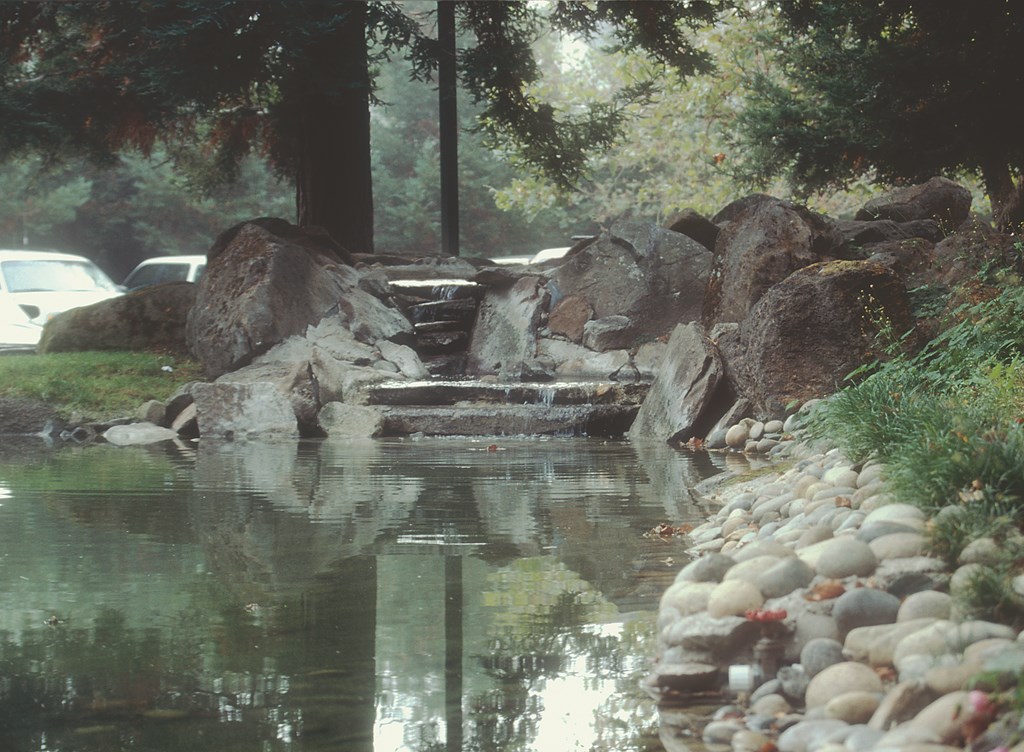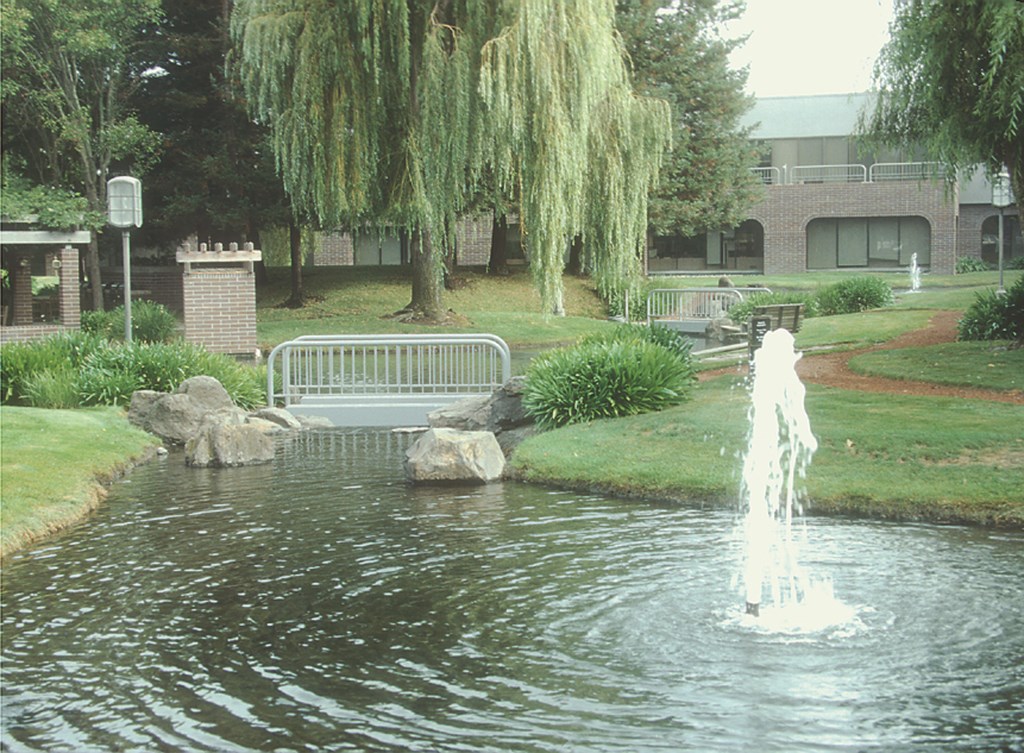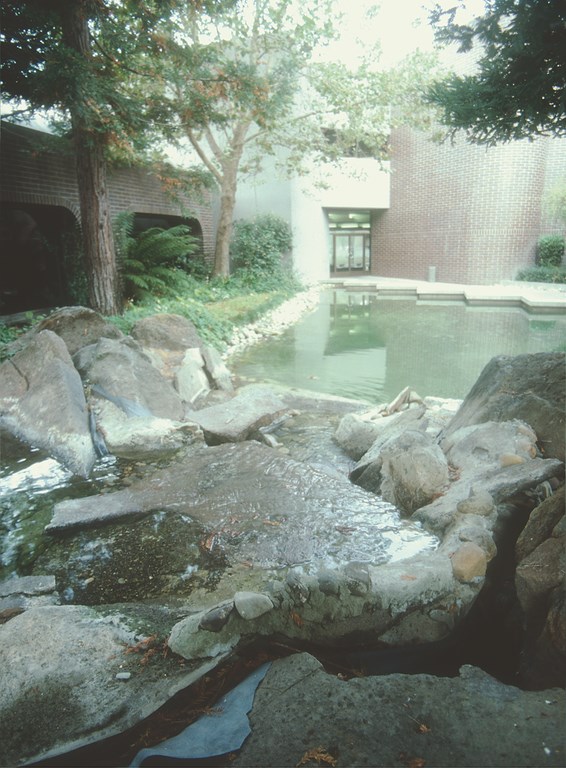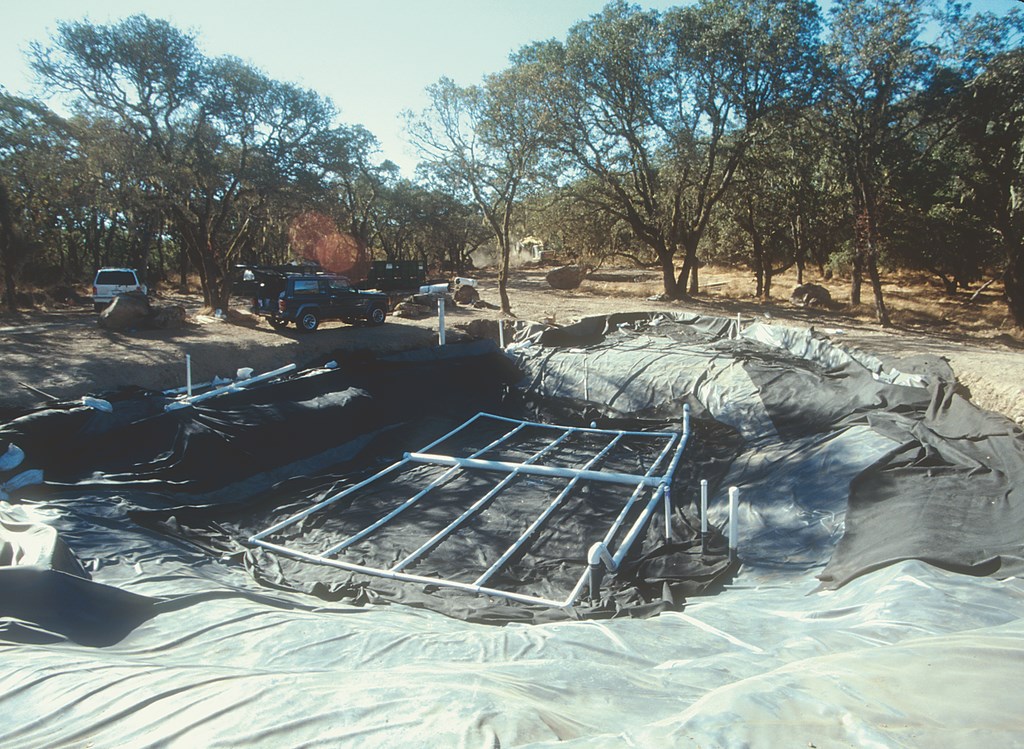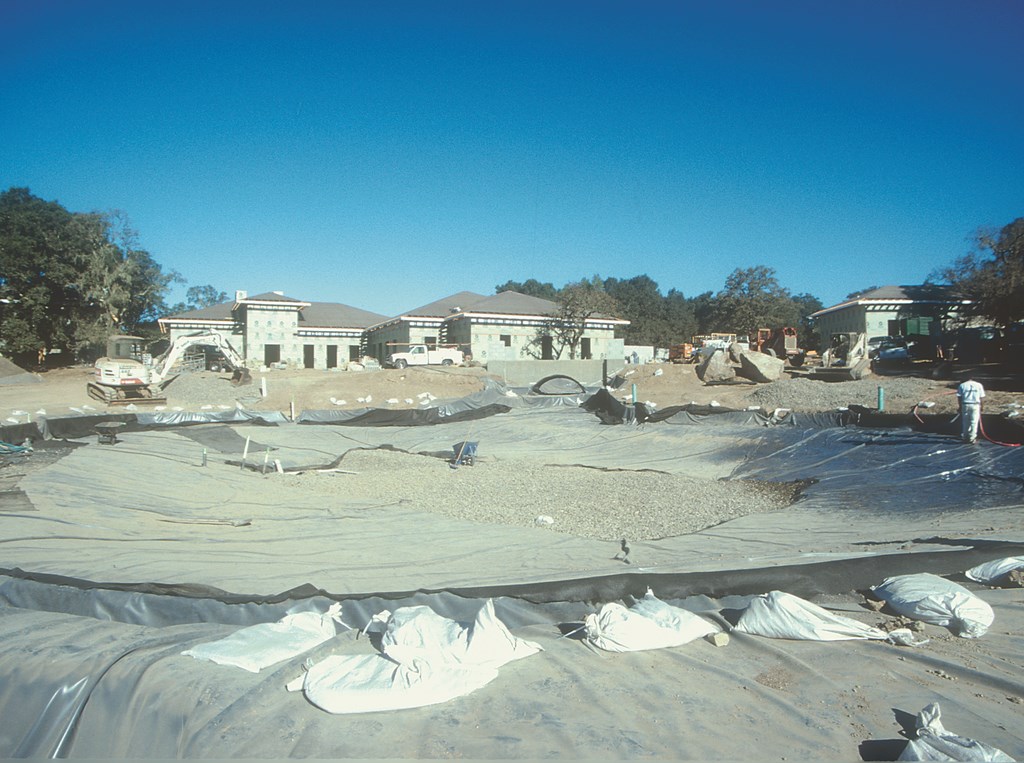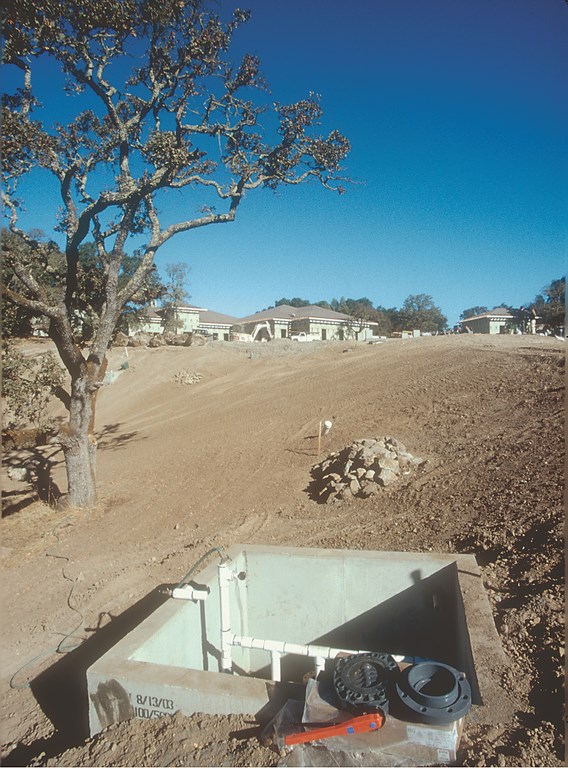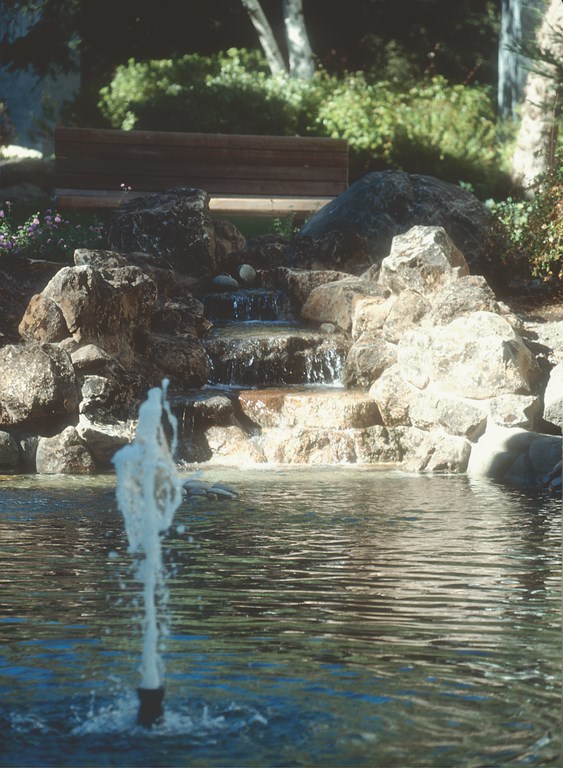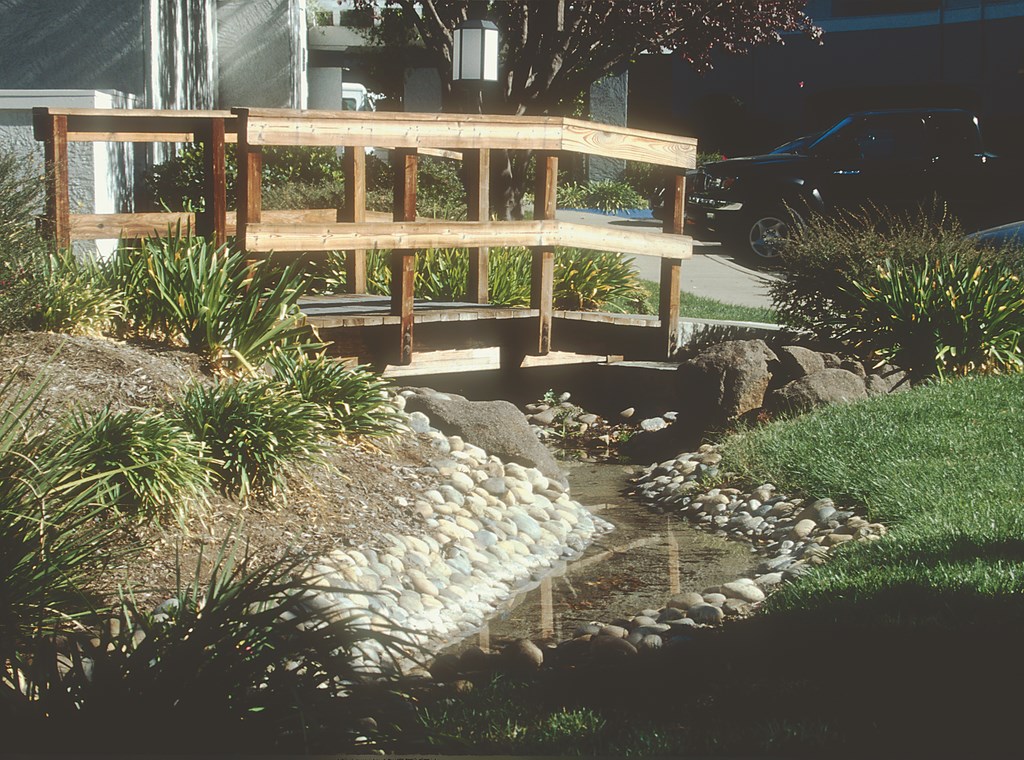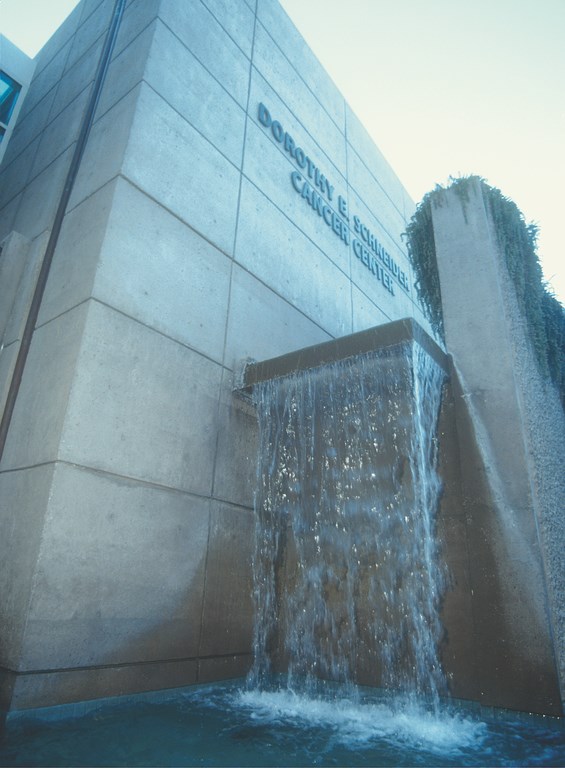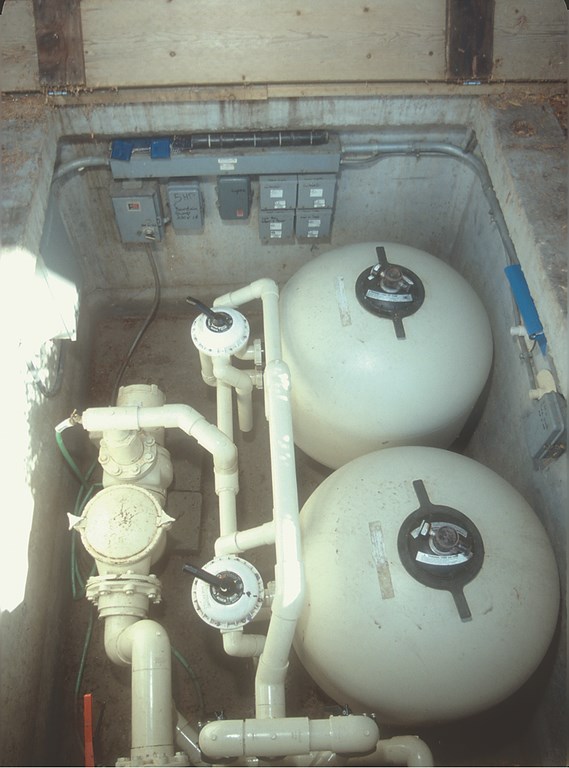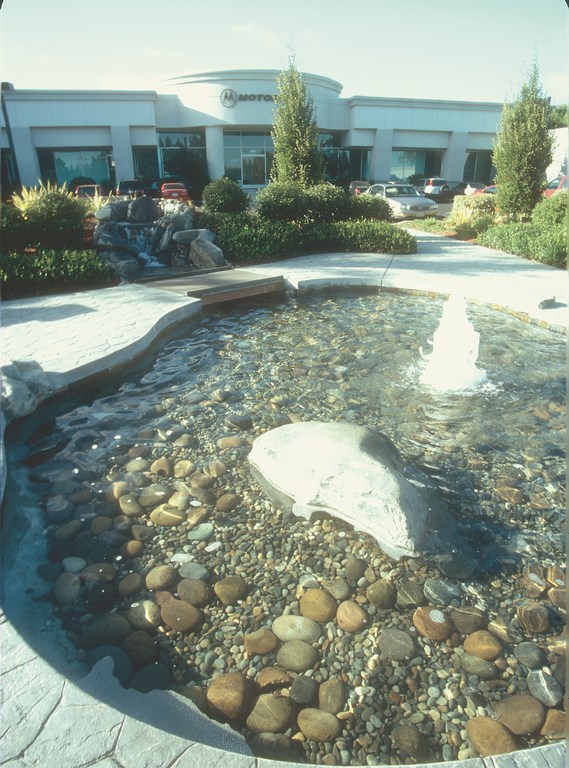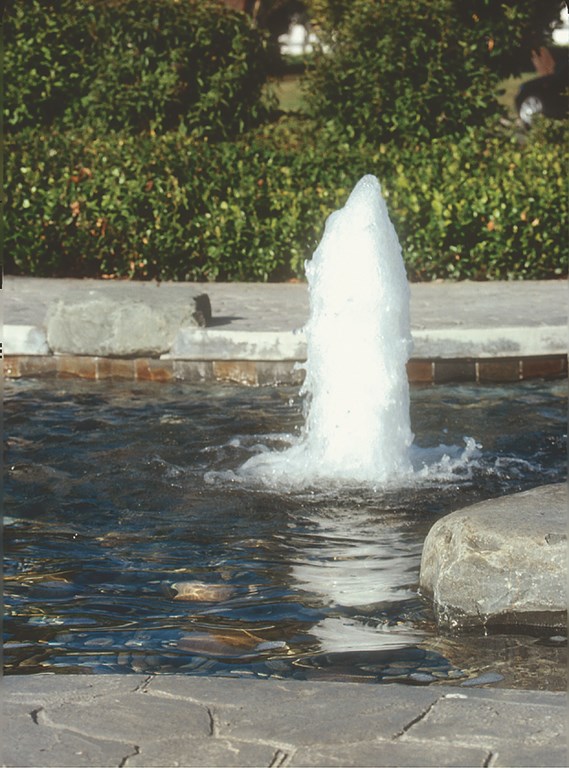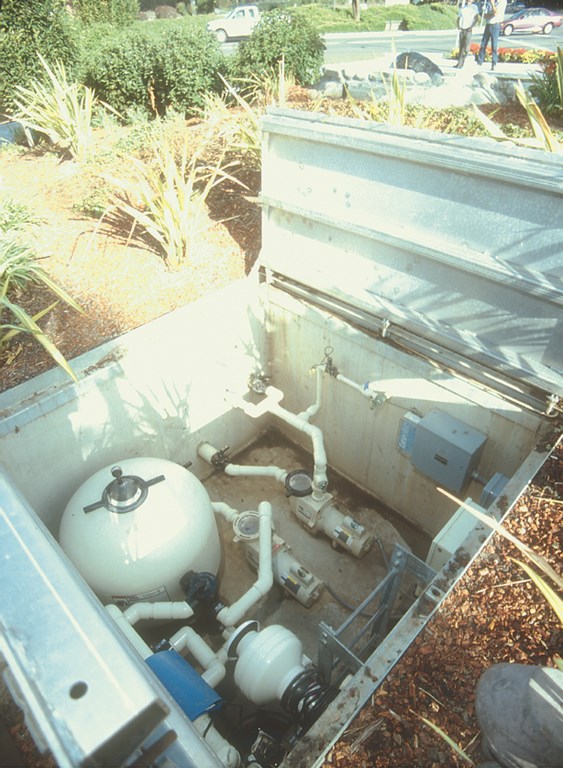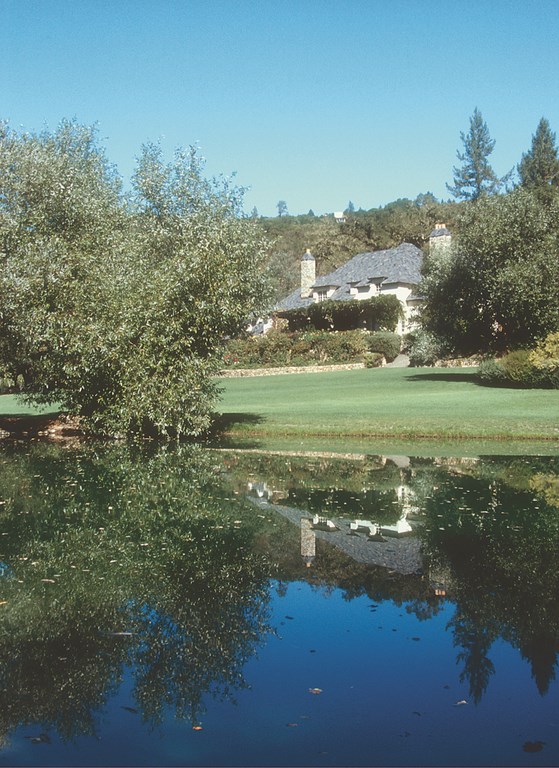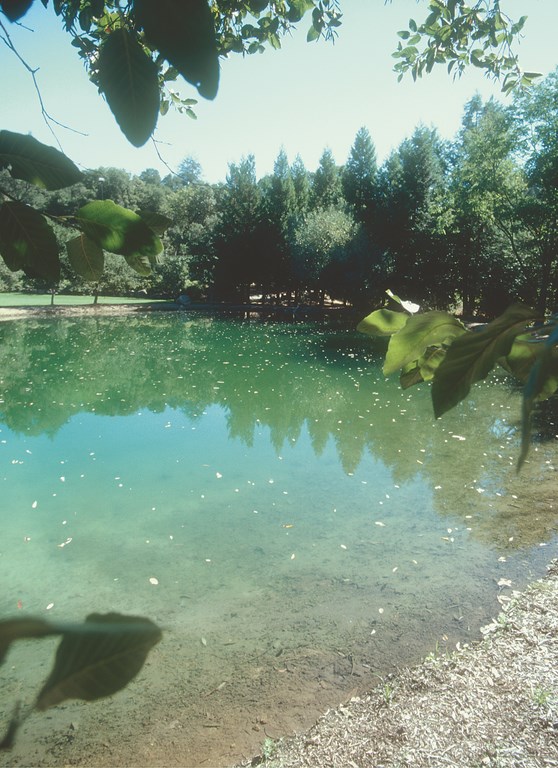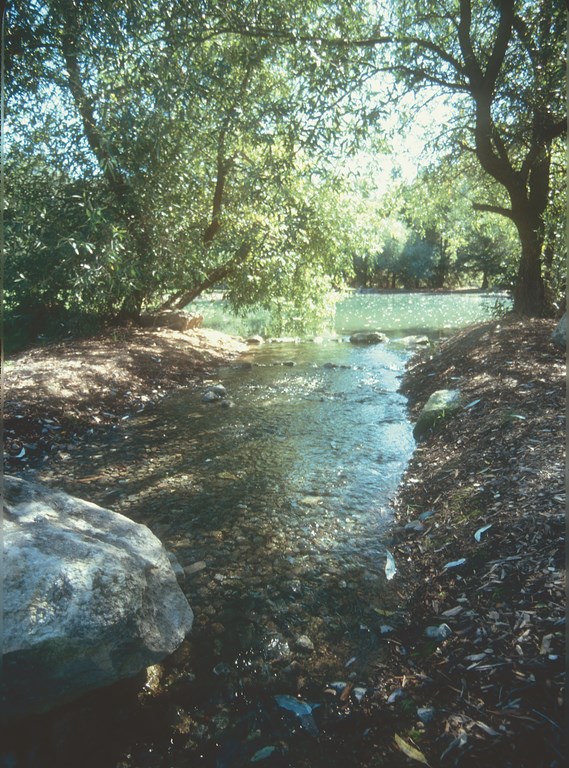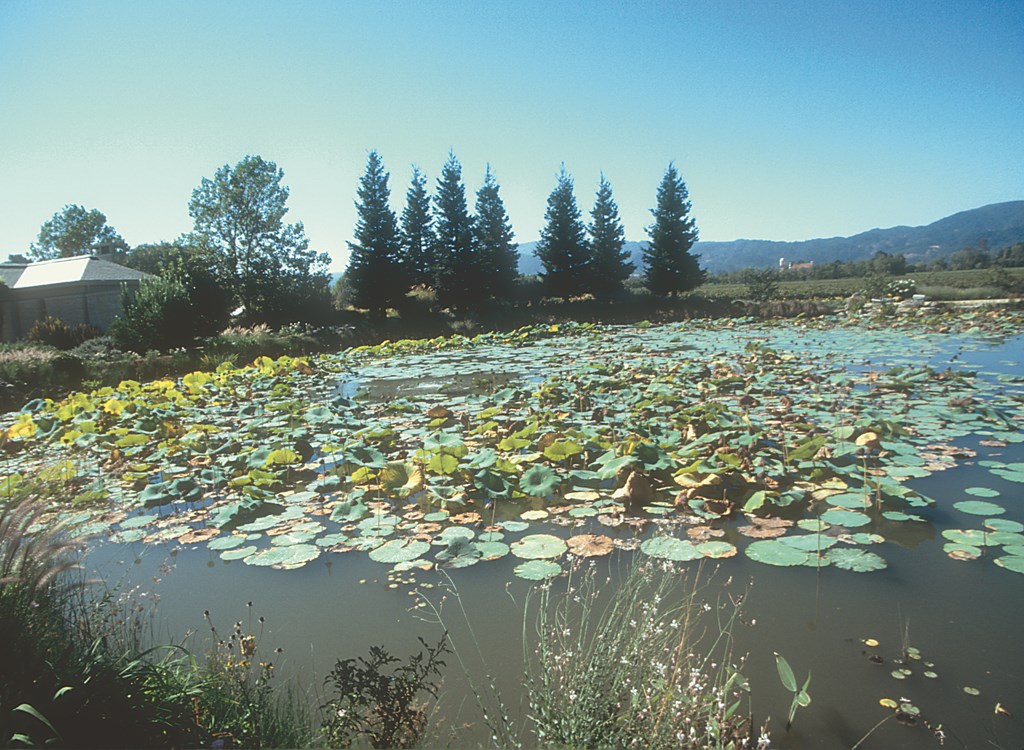Free and Clear
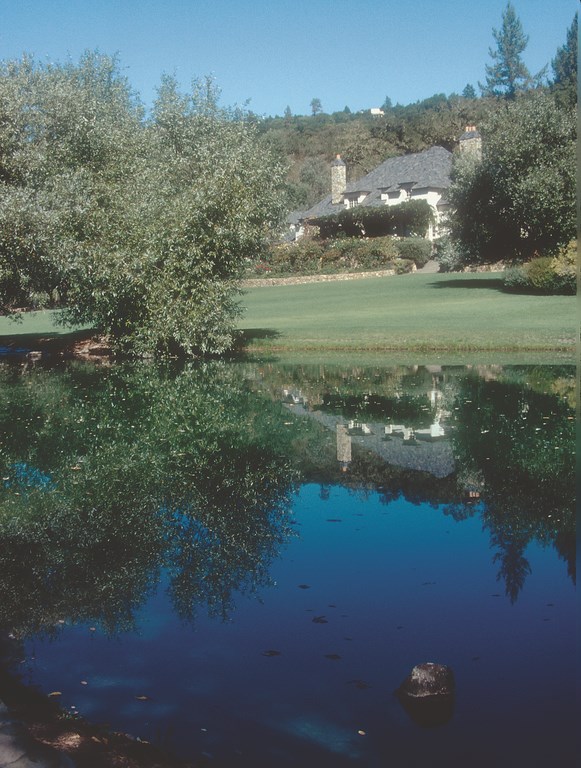
Clear, polished water in well-designed, well-built lakes, ponds and streams: What better way to communicate a powerful message about the value of the properties that surround them?
In a commercial setting, for example, clear water in a meandering string of ponds will readily translate into office space filled with happy tenants, while the murky-water alternative could be just the eyesore that holds down the image and limits the facility’s financial success.
The same principle works for watershapes at apartment complexes, where unseemly streams will almost certainly draw complaints from unhappy residents while cool, translucent water will become a point of pride and source of relaxation for tenants who otherwise might reflexively hold their noses as they pass by. Or consider the private estate where ponds are meant for swimming: Without question, these waters must have a crystalline clarity that attests to the water’s safety and potential for recreation.
Delivering this level of water quality is more and more a part of what we at Aquatic Environments are asked to do these days for the large, naturalistic watershapes we’re called upon to design, install and/or maintain. In response, we’ve focused on systems that get the job done in efficient, effective, trouble-free ways.
POLISHED PERFECTION
Our interest in developing such systems flows directly from what we’ve seen happening in our local market through the past few years – a time in which more and more architects and landscape designers are using “big water” in their residential and commercial designs.
The popularity of planned waterfront communities in particular has become a fixture in the high-end residential market hereabouts, and much the same can be said of the in-demand amenities for high-tech office complexes and hillside estate homes in northern California. Even the wineries of Napa Valley, which is right near our headquarters in Danville, Calif., are getting in on the act.
Across the board, we’ve also run into a strong desire on the parts of our clients to step away from the use of any chemicals in maintaining their streams, ponds and lakes. In the past, such concerns were expressed mainly for living systems intended for fish and plants, but more and more we’re finding clients who simply do not want us to use algaecides, clarifiers and sanitizers to maintain their water.
That trend, coupled with the fact that the government has, in recent years, banned the use of certain powerful and effective algaecides, adds up to a market that demands clear water without several chemicals that were once the cornerstones of effective pond and lake maintenance.
This has led us and others working on the design/build end of naturalistic and architectural bodies of water – as well as those on the maintenance end – to rethink the way we do things. In our firm, for example, we now achieve quality water by breaking the challenge down into a handful of basic areas and then doing everything within our power to create situations in which these key areas operate in balance with each other.
This involves us, first and foremost and on a case-by-case basis, in resolving important sets of hydraulic and filtration issues.
DUAL APPROACHES
In many cases, the result of our explorations involves an unconventional combination of two common types of filtration.
The first type is a form of bio-filtration in which we hide grids of suction manifolds beneath layers of rock and crushed gravel in the bottom of a pond or lake. Beneficial bacteria and microorganisms colonize the layers of gravel and rock and biologically filter the water as it is pulled through the matrix – much as it would be in a separate bio-filter component of the sort used on smaller-scale systems. In our case, by stepping away from off-the-shelf solutions and spreading the filtering action out over a large area, we greatly increase filtering efficiency and effectiveness.
The second system we use on many of our projects involves us in setting up a bypass plumbing loop that sends portions of the bio-filtered water through large, swimming-pool-type sand filters. This removes far finer levels of particulates from the water, giving it a brilliant polish.
At this point, we’ve used this dual approach on many projects and have found that the pairing of biological filtration with pool-filter technology works exceptionally well.
Typically, we’ll use a single pump to run both the bio-filter system and the sand filters. In most applications, this entails setting up a small equipment pad or a sub-grade vault, with the vault approach keeping the equipment out of sight, thereby preserving the naturalistic feel of the setting and also creating an efficient, flooded-pump operating condition. In almost all cases, the equipment will run constantly, which puts premiums on efficient hydraulics, system reliability and basic serviceability.
Products of quality pool-equipment manufacturers can be called on for these applications. In our case, we work closely with Pentair Pool Products (Sanford, N.C.) and its Triton sand filters in various sizes as well as the company’s WhisperFlo pumps (designed for residential pools), or, on larger projects, its commercial-grade C-Series pumps. We’ve found these components to be reliable, easy to maintain and, perhaps most important, flexible when it comes to applying them in what some might consider unusual arrangements.
Proper plumbing sizing and flow rates are important in any watershape system, but in our case the calculations must accommodate the additional stresses that come with supporting plants and animals. As a result, we tend to work with piping systems that run from three-inch diameters on up and find that we’re usually upsizing our lines to manage flow rates and increase the flow to ensure smooth and efficient operation.
PLANT MATTERS
Once we’ve set up our two-stage filtering system, we plan for managing a variety of other key factors, including the organic load that will be introduced by surrounding trees, plants and animals as well as proper aeration via underwater diffusion systems or waterfalls.
Anticipating and accommodating the biological load is particularly important, but it’s somewhat tricky where plant life is concerned: Where falling and decomposing leaves add to the system burden, the plants’ roots also work to lighten the load by removing nutrients from the water and using them to foster their own growth. Indeed, proper plant selection is a crucial part of the overall water-quality equation.
That said, we usually create shallow planting shelves near the edges of our ponds or lakes and plant a variety of sedges, lilies, emergents and other aquatic plants that are high in nutrient absorption. We’re always mindful that there are limits to how much to plant, basically because a lot of our work in maintenance involves “harvesting” plant material that has taken over a pond or lake and encouraged algae growth, turbidity and stagnant, unsightly conditions.
Striking the right balance is the key, but the problem is that each system is unique, so there’s no magic formula or specific ratio of plant life to water volume. Less tends to be more, however, so we typically start with smallish planting areas and focus first on setting up visual accents.
Of course, this conservative approach often runs counter to client desires, which tend to run toward bountiful, immediate lushness. Where we relent and compromise, we are almost certain to be called back at some future date to thin or remove the forest and, in some extreme situations, to drain, clean and refill the pond to set things back on the right track.
Beyond the watershapes, many of our clients express a strong desire to run grass (turf) or ground cover right up to the water’s edge. This presents a challenge in that these plants not only add organic material to the water, but also do nothing to remove it, unlike aquatic plants. In addition, runoff rich in fertilizers can cause big problems with water quality, so much so that in cases where we don’t control the entire project we have difficulty delivering a product consistent with the owner’s desires.
If the edges are not properly set up, we will spend a considerable amount of time and effort working with landscape contractors to set up perimeter drains to capture some or all of that flow. In these cases, education of maintenance staff is key, as uncollected grass clippings or debris can overload system balance.
IN THE WATER
There’s one last factor in establishing good water quality that bears mention before we start looking at specific projects: Skimmer location is critical and deserves serious thought and planning.
We tend to use large pond skimmers and go to great lengths to place them where they will catch the prevailing flows of leaves and organic debris. (This step is particularly important in establishing good water quality in renovations, which will be the subject of a future article.)
When all of these elements – filtration design, equipment selection and layout, planting plan, drainage needs, make-up water and skimmer placement, among others – are handled properly, you’ve effectively stacked the deck in favor of good water quality. In my view, it all extends from opening the door between the pond and pool worlds and welcoming cross-disciplinary solutions to common challenges.
To be sure, ponds and lakes are unlike swimming pools and architectural fountains in respects chiefly having to do with the variables involved in managing water quality in environments designed for fish and plants without basic chemical assistance. By looking across the conventional boundaries in the cases seen here, however, we develop solutions that use all the available tools and bear in mind our constant goal: perfect water.
George Forni is president of Aquatic Environments, an Alamo,Calif.-based design, installation and service firm specializing in lakes, ponds and other large waterfeatures. He started his career in the waste- and reclaimed-water industry in the mid 1980s. Before long, he became project manager for an aquatic service firm, for which he managed a number of projects in conjunction with the U.S. Army Corps of Engineers as well as in other regulatory agency-controlled jobs. His company now focuses mostly on the needs of large commercial clients in the Western United States.











